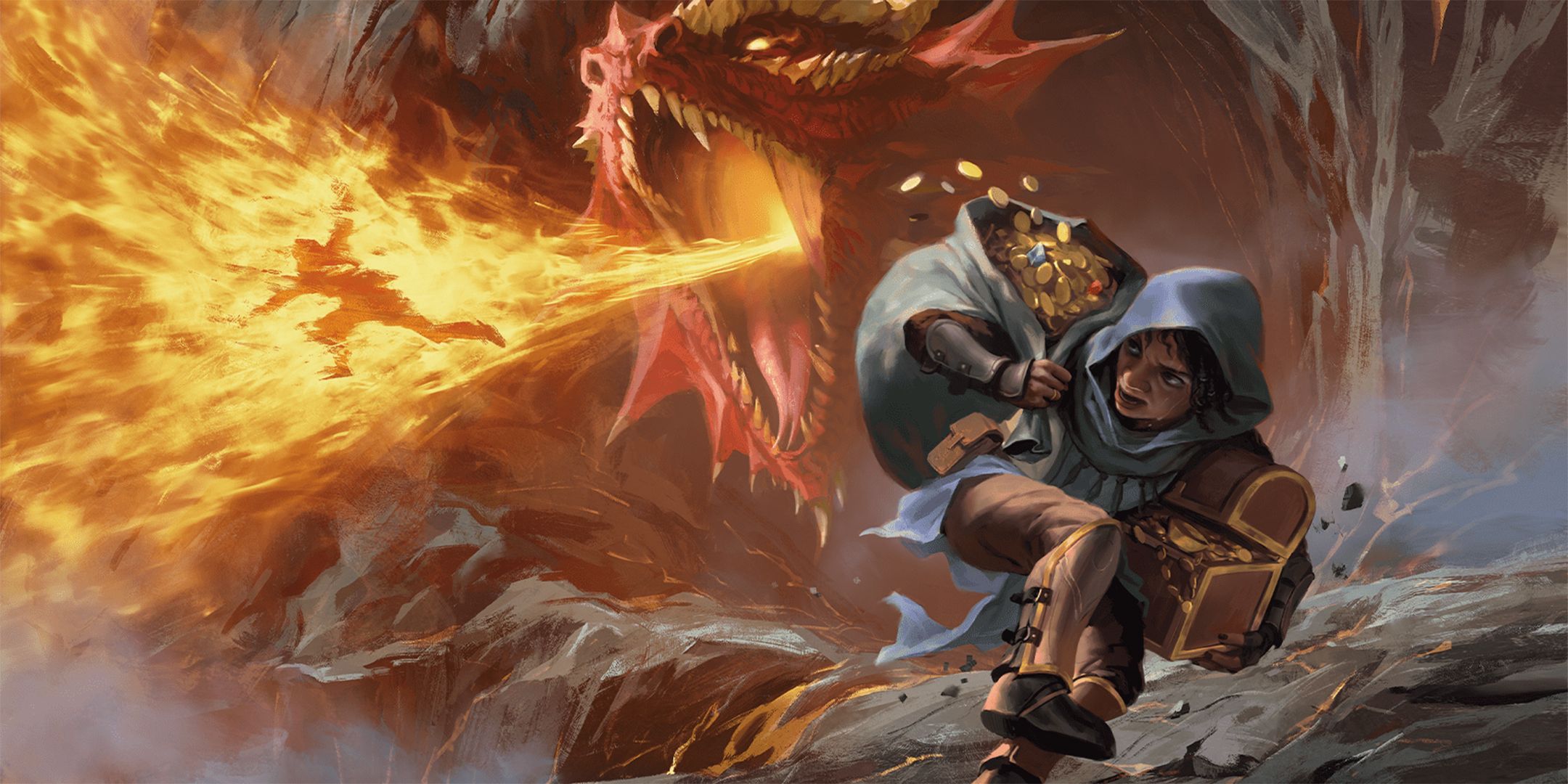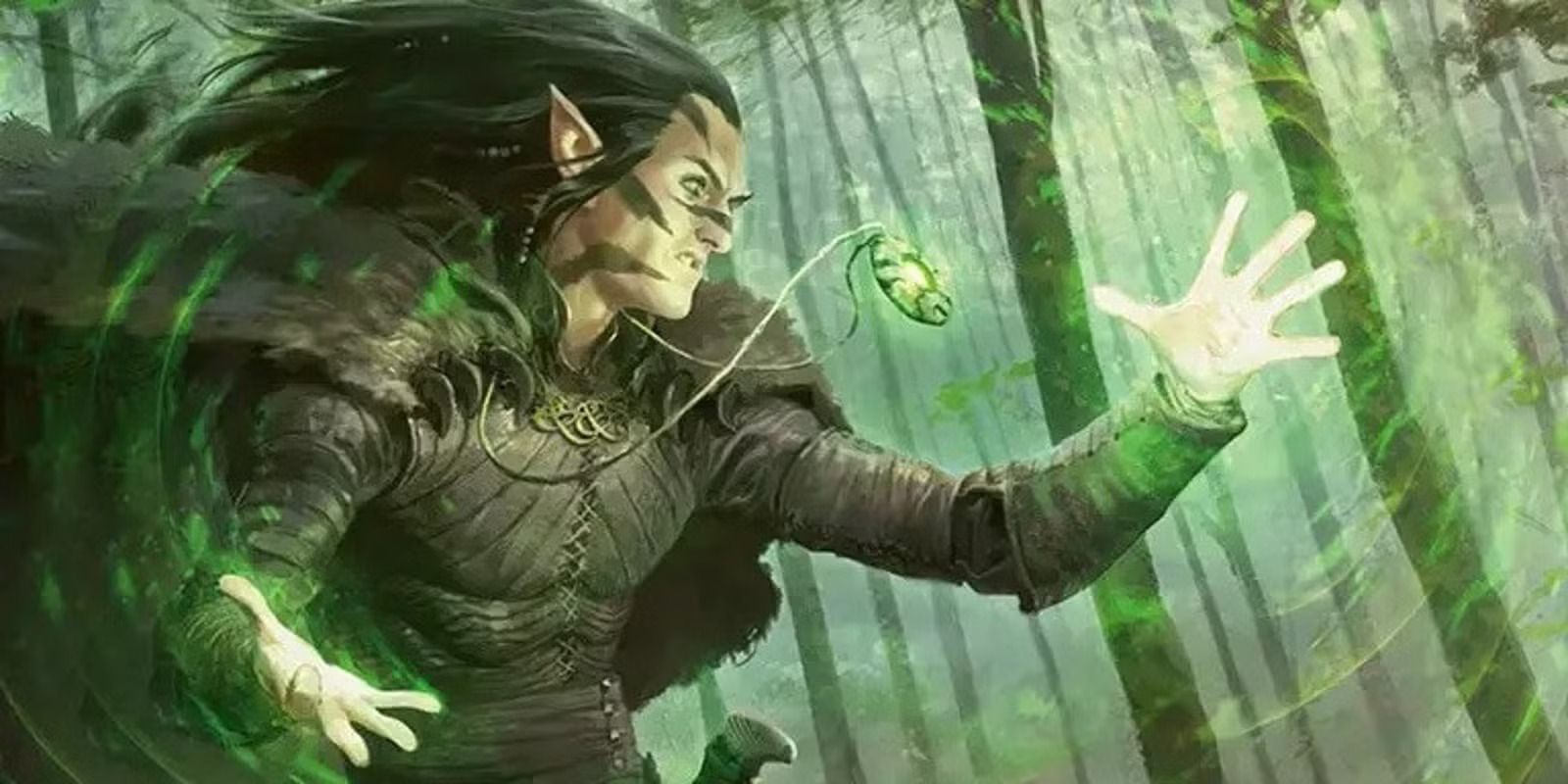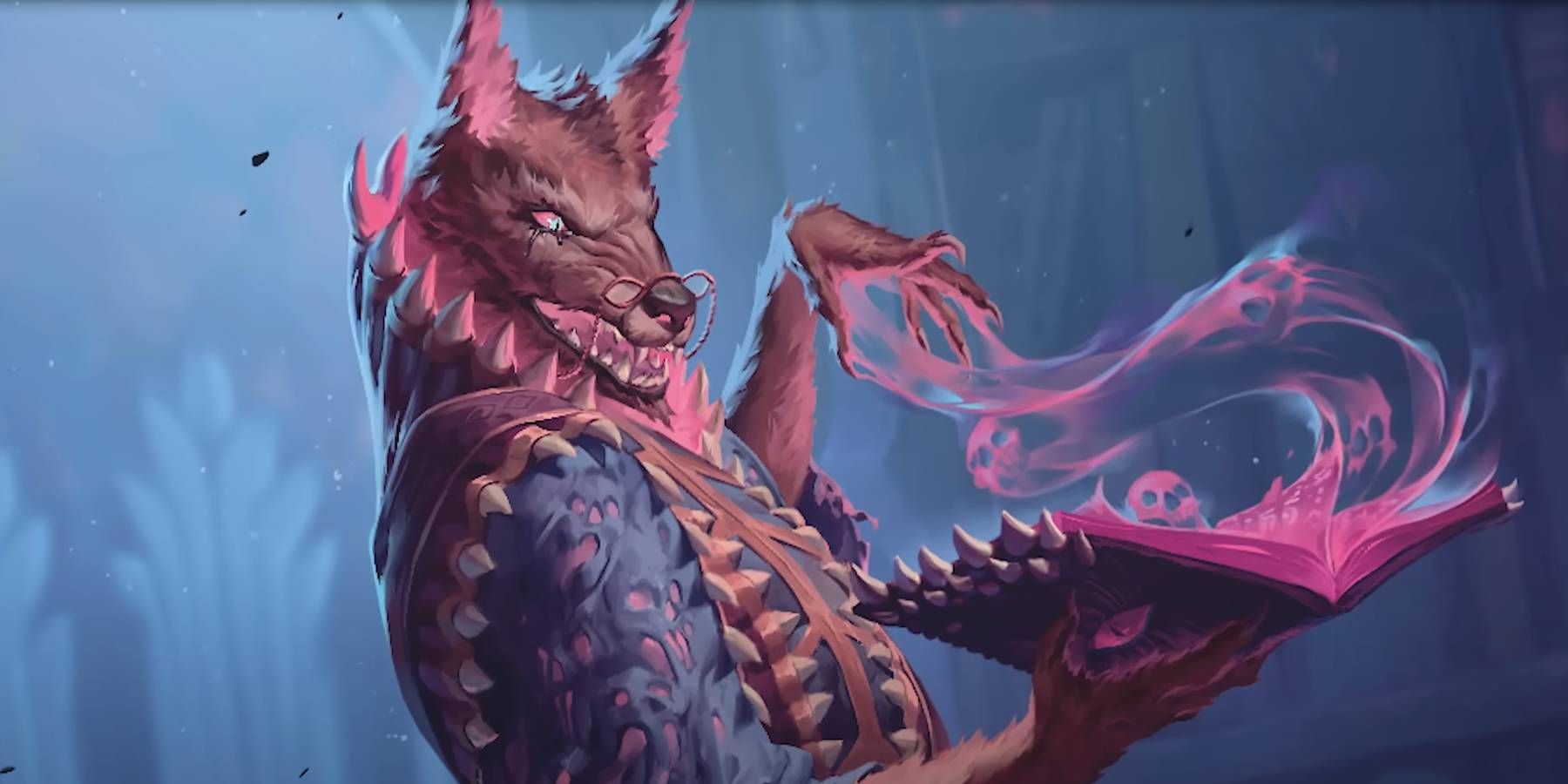Related
Dungeons & Dragonsjust clear up its rules about hiding in combat , but is it enough to keep players from contend with their DM ? This workweek , Wizards of the Coast release a set of errata forDungeons & Dragons’newest essence rulebooks , closing some loopholes and stimulate minor pinch to sure spells and freak . Most of these change were minor in nature , but one set of revisions turn to the game ’s rules on hiding in combat .
The 2024 rescript to Fifth Edition laid out explicit rules for shroud in combat and what benefit it could provide to player . Instead of making a Dexterity ( Stealth ) check against a DC of a thespian ’s choosing , the new Hide Action go under forth specific parameters that had to be met , with instrumentalist gaining the benefits of being unseeable while they remained out of sight . However , the 2024Player ’s Handbookhad some equivocalness in its concealment formula , which some role player tried to push in ways that were n’t how the rules intended .
What D&D’s New Hiding Rules Say
New Rules Explicitly State How A Player Character Stops Being Hidden
In the 2024 interlingual rendition of Dungeons & Dragons , the Hide legal action allows players to make a Dexterity ( Stealth ) mark off with a fixed DC of 15 to become hidden . In order for the Hide natural action to form , they need to meet or beat the deterrent DC and meet the keep up conditions :
If all these term are met , musician pull ahead the inconspicuous condition while hidden , allowing them advantage on attack roll , disadvantage on flak rolls made against them , and grant them vantage on Intitiative rolls . However , the inconspicuous consideration granted from being blot out ends if one of the following fall out :
The new clarifications to these rules can be found onD&D Beyond , along with some other errata . The speech tweaks more clearly define when the unseeable condition is uncommitted and when it terminate .
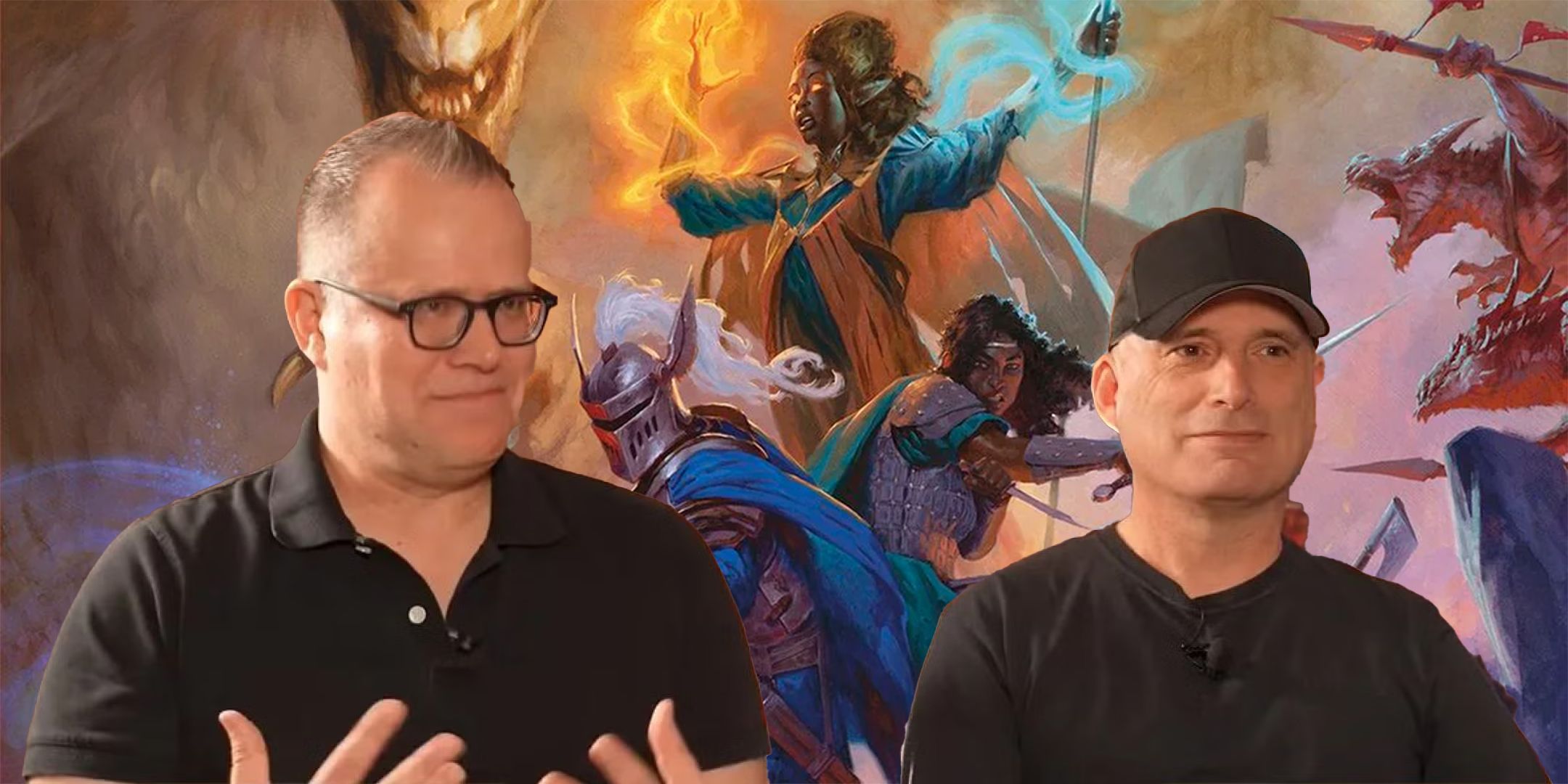
Why People Were Confused About Hiding in D&D 2024
Previous Version Of Rules Had Too Much Ambiguity
Under the new rule , some role player argue that , once successfully hidden , they could rush out into the opened and not be seen by opponents . The Hide action requires players to be either heavily obscured or behind cover , but the linguistic rule as written do not state that players require to continue under book binding to stay hidden . While some player argued that hiding ended once a actor lineament was in plain passel , others argued that the formula as written stand for that a beast would have to burn their action at law on a Search natural process in ordering to discover a hidden creature .
The two head force-out of Dungeons & Dragons for the past decade are both stepping away from the biz , Screen Rant has find out exclusively .
These new hiding rules now explicitly submit that the latter class is the case . Players remain out of sight until an foeman quality explicitly " finds " the role player character , which seems to point that they ’d have to make an active lookup action . So , a hidden character could rush into an open blank space without consequence thanks to the unseeable term , even though there ’s nothing stopping a creature from seeing them at the start of their turn .
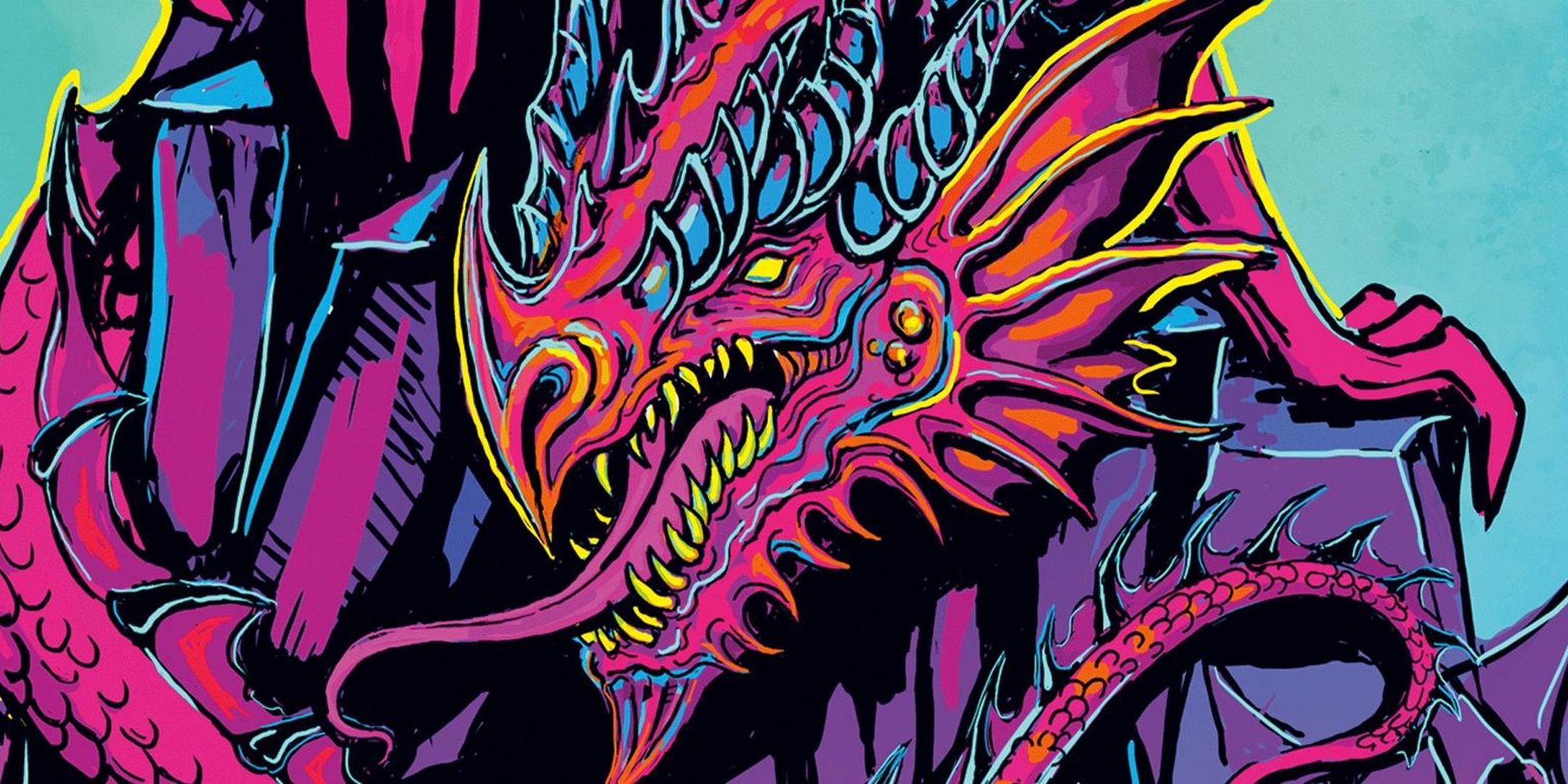
The common - sensory faculty solution to this is for DMs to apply Passive Perception scoresto check whether an enemy can see a concealed reference at the outset of a bout . If acreature ’s Passive Perceptionis higher than the type ’s initial skin check mark , I would rule that enemy can see them at the head start of their routine if they ’re out in the open air . However , that ’s entirely my judgment and not how the rule are written in the fresh Player ’s Handbook .
Will The Hiding Arguments Now End in D&D?
Unfortunately, The Hiding Arguments Have Only Just Begun
Although the rules are a scrap more explicit , I palpate like the arguments over Hiding inDungeons & Dragonshave just begun . The new rule seem to fly in the face of coarse sense , as a histrion who ends their turn feet away from an enemy with no book binding or other obscuring ability should n’t be hide out .
While one could debate that astealthyD&Dcharactercan sneak past the posting of an foe during the din of combat , we take an explicit explanation as to whether a creature needs to Search to notice a hidden character or if they can just use their Passive Perception to see a part at the beginning of their tour . Hiding is a lot more utile in the 2024 version ofDungeons & Dragons , butthere ’s still too much equivocalness for my liking .
Dragon Delves has the adult task of following up D&D ’s 2024 core rulebooks , and the rationality for that are a piffling vague but entirely sensible .
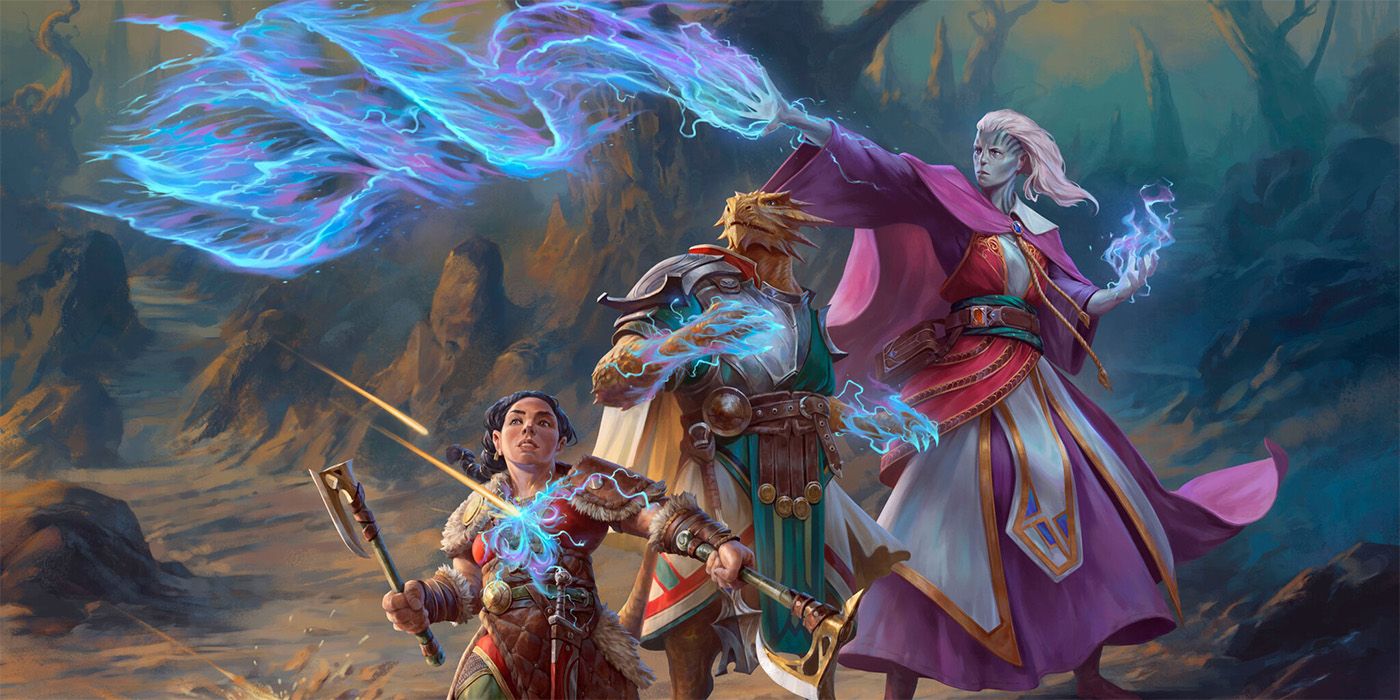
This new errata might exculpate up some inquiry about concealing , but I feel these rulings go against common - signified rulings . Still , we now know whatDungeons & Dragonsintended the Hide action to do . The real question is whether any DMs or players will actually go along with those rulings without arguing about them .
Source : D&D Beyond
